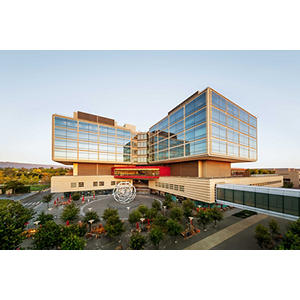
Lex Mitchell, MD
Adjunct Clinical Assistant Professor
Diagnostic Neuroimaging
Stanford Hospital
Diagnostic Radiology
300 Pasteur Drive, Rm S047
Stanford, CA 94305
Phone:
(650) 723-4000
Locations

Work and Education
Professional Education
University of Arkansas for Medical Sciences Registrar, Little Rock, AR, 05/31/2005
Residency
Tripler Army Medical Center GME Training Verifications, Honolulu, HI, 06/30/2011
Fellowship
Stanford University Neuroradiology Fellowship, Stanford, CA, 06/30/2013
Internship
Madigan Army Medical Center General Surgery Residency, Tacoma, WA, 06/30/2006
Board Certifications
Diagnostic Radiology, American Board of Radiology, 2011
Neuroradiology, American Board of Radiology, 2014
Languages
English
Connect with us:
Download our App: